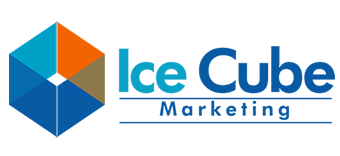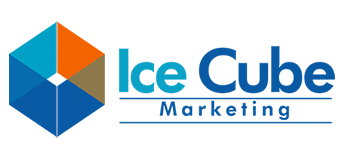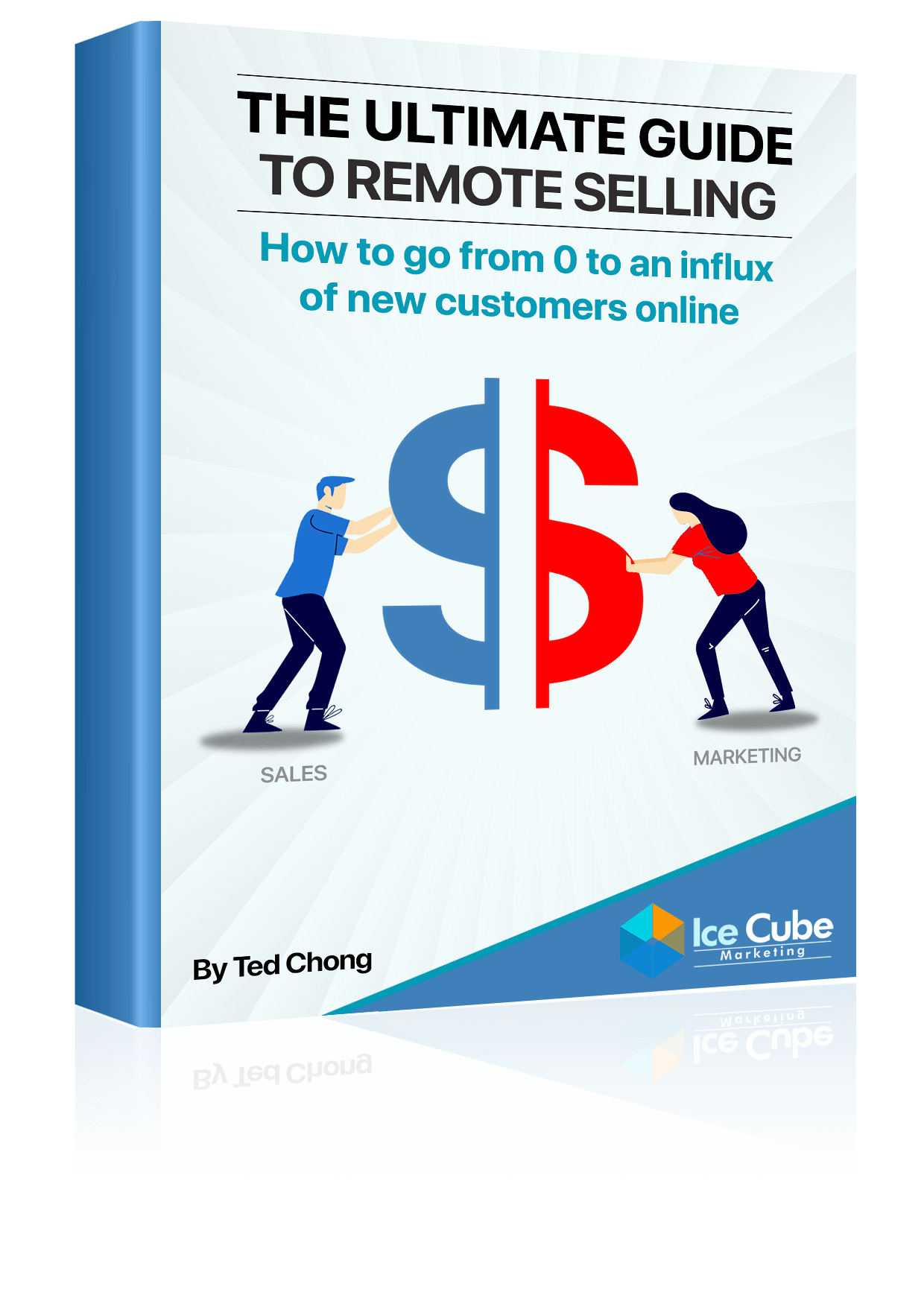Would you rather be a marketer or an advertiser?
Strange question, right?
Is there any difference between the two?
The answer is a resounding, Yes!
Marketing starts with the customer first and advertising begins with the ideal medium in which to reach those customers.
Ideally, businesses should do both but should never put the cart before the horse. In other words, understand the customers and only then create enticing advertisements that appeal to their tastes.
Fundamental marketing and advertising revolves around 3 core principles:
- Communication (Words)
- Emotions
- Consumer Psychology
Without these three core marketing principles, you may be able to reach your desired audience but you will not be as successful at converting them.
Communication (The Art of Words in Marketing)
Every good marketing campaign begins with a message.
Every message begins with the understanding of who the message is for.
David Ogilvy, the “Father of Advertising” and founder of Ogilvy & Mather, attributed his success to diligent research into consumer habits.
Ogilvy did not have video, Facebook Messenger, or any other technologically-advanced marketing medium that most digital marketers consider essential for marketing today.
What he did have was an understanding into customer traits and behaviors and so created words on paper that were designed to capture their attention, create an interest in a product or service, and influence a buying decision.
Ogilvy’s Ad Copy Commandments
As Ogilvy was an expert on human behavior, especially consumer behavior, he crafted up a set of rules that when applied meticulously, promoted a buying decision.
The following are 3 of the rules he always followed when creating copy for a given audience:
1 – Your words should sell, nothing else!
Ad copy does not need to be creative, it needs to sell.
Never try to be clever or witty at the expense of losing the sole purpose of why it is you are writing the ad copy in the first place – to explain the product or service and let people know how it will make their lives better.
2 – Talk in the language of your customers.
Each potential customer needs to feel that you are writing just for them, which is why you need to know who your customers are in the first place before even thinking about designing a marketing campaign.
Using the same language your customers use makes the difference between writing “for” them versus writing “at” them. Of course, you definitely want to establish yourself as an authority but not at the expense of talking above and beyond your customer’s capabilities.
As a rule of thumb, when having to decide between specialty or professional words versus general and common words, go with the general and common ones as many of the people who see your ads will not necessarily have a strong grasp on the topic, product, or service you are marketing.
3 – Create compelling headlines.
How important are headlines?
Ogilvy used to say that a great headline equated to 80% of an advertiser’s investment!
Headlines will probably be the only chance you get to captivate your reader.
8 out of 10 people only read the headline, while only 2 out of 10 people read the body.
Good advertising copy is designed to bring people to the next sentence or phrase. If you can not get them past the headline, your advertisement has already failed.
That said, there are some words that will backfire as your copy and should be avoided.
Emotions (Marketing Through Feelings)
Do people purchase an item or a service for its features?
No!
Do they buy because what the item or service can give them – the end result?
No!
Then why do people buy?
They buy for the feeling they get from purchasing an item or service!
In a study done by Harvard professor, Gerald Zaltman, he found that 95% of buying decisions made by consumers were driven by subconscious emotional urgings.
Triggering a human emotion before listing the features and benefits of your product or service is a surefire way to increase make those benefits and features seem more appealing.
Which emotions should you trigger within your copy, though?
The Institute of Neuroscience and Psychology has recognized 4 basic human emotions: happy, sad, angry/disgusted, afraid/surprised – all of which can be used within your ad copy.
Happy
The easiest way to make your target audience happy with your advertising is to stay positive.
Studies have shown that including happy images and positive imagery like human beings connecting on a deep level within a piece of content increased the likelihood of engagement.
Sad
On the flipside of the latter, is marketing through sadness.
It may seem counterintuitive that making your customers sad would be a good marketing strategy but in certain cases, it could actually be the most conducive emotion to trigger to get your prospects and customers to take action.
Afraid/Surprised
Surprisingly, surprise and fear are excellent marketing tactics.
What should your customers be afraid?
Missing out!
Missing out on what?
Missing out on the positive emotions derived from what you are selling.
Even if you aren’t selling anything, in the case of a charitable organization or wildlife foundation, for instance, you can still use fear and surprise to get your audience to take specific actions that would benefit your cause.
Angry/Disgusted
Interestingly enough, out of the 4 basic human emotions, three of them seem to be negative while happiness is the only positive one.
Why is that?
John Cacioppo, Ph.D., a former professor at Ohio State University, discovered through his research that the human brain is more sensitive to negative emotions.
Always, a feminine hygiene brand, did a great job of triggering anger, one of the most negative emotions of all, with their “Like a Girl” campaign by showcasing the negative association the “LIke a Girl” phrase had amongst youngsters.
However, they also surprised and motivated their audience by presenting participants who viewed the same phrase in a more positive and powerful light.
While negativity may elicit an instantaneous response, only a positive message can create a sense of closure for a triggered negative emotion.
Consumer Psychology (Marketing According to Customer’s Mindset)
There are other psychological marketing tactics you can apply along with great copy to move your audience to action.
The following 3 principles can be used to increase the influence your well-crafted ad has on your audience.
- Color
- Pricing
- Commitment
Color
How to stand out from the crowd?
Color!
Why colors?
Colors are psychological symbols used by the subconscious mind to establish cultural, social, and emotional connections and relationships.
Here are some stats proving the efficacy of colors on conversions:
Over 90% of people say that visual dimensions were the most relevant factor in their purchasing decision.
Nearly 90% of a person’s subconscious decision of a product is based upon colors.
Almost 30% of magazine readers notice color ads over black and white ones.
The color Red, in particular, has proven itself to be a beneficial color when it comes to conversions.
Red has the power to “excite” customers driving their passions and desires. In other words, it produces a strong emotional feeling within them, which as we discussed earlier is one of the keys to effective marketing.
Netflix Uses Red for This Exact Purpose
You need to be careful,however, when choosing colors as many cultures have different associations surrounding them.
In many Asian cultures, like China, for example, the color white is associated with bereavement and sorrow (i.e., funerals). This is in deep contrast to western cultures, where white is a symbol of purity and festivity (i.e., weddings).
Pricing
The psychology of pricing is a marketing tactic that most marketers do not even know about and the ones that do tend to underutilize it.
This is a mistake, however, as price still remains one of the top 3 key factors in influencing a buying decision.
Value First
The price of an item is always relative to what the perceived value of it is.
If you can create a high enough value proposition within your prospect’s mind with your marketing, they will feel they are getting a huge deal by the time they see the price.
Comparative Pricing Fallacy
Customers do not always buy the cheapest product, which is why constantly providing a price comparison chart within your copy is not always a good idea.
According to a Standford study, asking customers to compare prices within a marketing message can cause a lack of trust.
If you want to emphasize your lower price, then you should also explain why it is lower so that potential customers does not feel that they are paying “cheap” for something “cheap”.
Price Anchoring
Human beings tend to rely a lot on the first piece of information given within a marketing message and this is exactly why the “price anchoring” strategy works so well.
Evan a $2,000 item can look like a relative bargain when placed strategically right next to a similar product with a $15,000 tag within an ad.
While this may seem “tricky”, it is not unethical if both your items are priced fairly according to their value.
Commitment
Even if you are able to connect with the consumer through your marketing and provide them the information they are looking for, they may still hesitate.
In 2017, roughly 77% of all online orders were abandoned!
There can be many reasons for this, a lot of which is beyond the marketer’s control – personal and basic life distraction can kill a purchase and there is really nothing a business can do to mitigate these occurrences.
However, from a marketing standpoint, assuming that the landing page is designed aesthetically to make it easy to sign up, there are some techniques that can be implemented to encourage a customer to go ahead with the registration/purchase.
Here are 3 ways:
- A full refund is offered.
- A commitment is reinforced by providing an already checked box.
- An FAQ section is provided to reduce any last-minute hesitation.
Conclusion
Applying these fundamentals to your marketing strategy will surely give you some level of success. Of course, as you become more proficient with them, you will also notice other marketing methods and tactics you can employ that will be specific and useful for your brand and your target audience.
Feel free to test them out but never forget to incorporate the fundamentals you just learned as they are the foundation on which to build successful marketing campaigns that are right for your specific target audience.













One Response
Marketing broken down into its simplicity – art and science behind it. Loving how everything is broken down into small chunks which is easy to grasp! We just launched Treasure at Tampines https://treasureshowflat.com/ We currently use one of the 3 core principles – Communication (Words). Words tells but story sells.Having a great headline will really pack a punch to your audience because it acts as a pattern interrupt.. Is there anything to take note of when doing Google Ads?